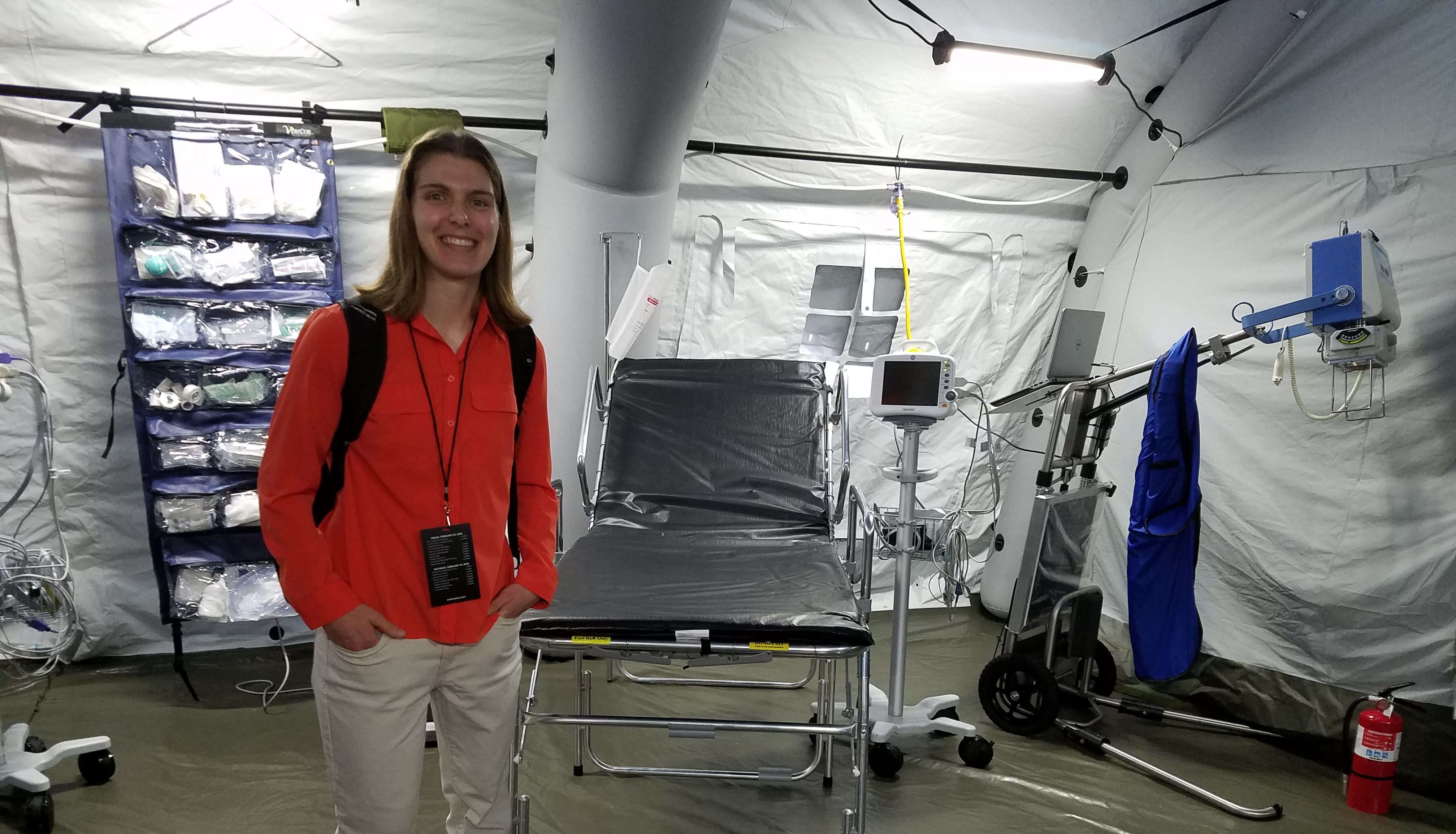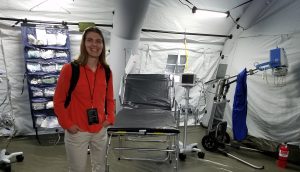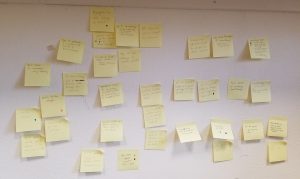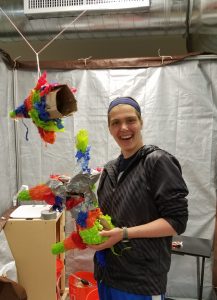March already? Where has the time gone? My time recently has largely been spent researching companies and careers, brainstorming for our allergy project, planning DialOasis’s clinical trial, broadening my medical knowledge, and squeezing in some fun on the side.
The biggest thing on my mind lately has been “What happens in May?” I’ll graduate in May, so I’ve been spending lots of my time researching job opportunities and networking. I hope to work in a worldwide company in R&D of medical devices. I’ve been pursuing all my connections and making new ones in unlikely places including the gym and my church. I also attended an awesome conference in Houston last weekend called Mobilizing Medical Missions (or M3 for short). During M3, I heard from a variety of speakers with experience in serving overseas in medical roles, from nurses to surgeons to disaster relief workers. I also attended some breakout sessions where I realized that for short-term mission trips to be sustainable, they should be focused on encouraging and supporting the resident workers. I was also able to make some connections that will help me find opportunities to serve the underserved with my engineering skills. That was by far my favorite part of the conference, realizing just how much of a need exists for biomedical engineering overseas. That was even better than touring a mobile hospital (assembly in 11 hours) that comes complete with a triage, ER, OR, ICU, and more. I’m excited to see where I’m working and serving in the future!
For our allergy project this month, we undertook a series of brainstorms to make sure we were thinking about all possible avenues to solve the need. As a reminder, our need statement is “a way to increase awareness of allergens for patients with peanut allergies in order to decrease adverse reactions.” So we divided our brainstorming into four separate sessions. The first centered on education; we generated ideas about how to improve the current education of patients as well as the general public. Our second session encompassed patient monitoring; our ideas in this realm proved to be either infeasible (an automatic, wearable epi pen injector) or already invented (a wearable vital sign monitor). Our third session centered on immunotherapy, the process of ingesting bits of the allergen to decrease allergic reactions to it over time. We have some promising ideas in this space that I’m not yet ready to share with you, but I look forward to the day I can. And our last session focused on how to detect the allergen in food. This is where we have been focusing most of our efforts thus far, so we also have several ideas with potential here. Our next steps will be to decide on our best solution and how to make it a reality.
On the implementation side, we have been conducting sprints on DialOasis recently. In addition to building a sink and then the CAD model of it (as described in my last blog), we began to design the clinical trial that will prove DialOasis is a safe option for peritoneal dialysis treatment. First, we brainstormed the parameters we will measure in the trial. Then, true to the sprint spirit, we divided and conquered. My task was to design a procedure to measure patients’ quality of life. After lots of research, I created a survey, to be administrated during hospital check-ups, for patients to rate their emotional, relational, and physical health. A family member will rate the patient on a similar survey as an additional data point. In developing the survey, I was careful to phrase the questions in a way to avoid bias and yet make it as easy as possible to complete the survey. While doing this, I was struck by the truly debilitating aspects of kidney failure; some patients lack the physical health to complete normal daily tasks such as bathing and dressing themselves. This refocused me on why we are working on DialOasis: to restore function to these people so that they may return to a semblance of a normal life.
Of course, part of GMI is learning about medical procedures, bodily systems, and how they relate. One of the unique opportunities that recently helped me to better understand this was attending an animal study for Tasha’s project. I observed as two surgeons tested out our urinary stent prototypes on a live (sedated) pig. I learned a lot including the value of physician feedback in a hands-on setting, of testing every prototype (even if you think it will never work), and of bringing extras of everything. However, not all my time is spent just on projects, I have traditional classes too. In my physiology class, I have been learning about the neurological system and the cardiac system. I’m fascinated by the similarities between thermodynamic pumps that I studied in my undergrad and the human heart. Also, the same basic principles of fluid flow in pipes apply to blood flow through arteries. It’s really cool to see the connections. As another fun way to learn more about the human body, I went to the Houston Health Museum and got to hold a real human brain. Good thing I’m not a zombie or no one else would have gotten to hold it!
As always, there’s time for some hard-earned play during GMI to relieve stress, even if it is just during our lunch break when Dr. Richardson steps out. It had been a stressful and long week, so Thursday we set up a candy-filled piñata. We hung it on the DialOasis prototype, dubbed it a “structural stress test” and could be heard whacking and laughing all throughout the OEDK. It was a success both in terms of stress testing and stress relieving.






